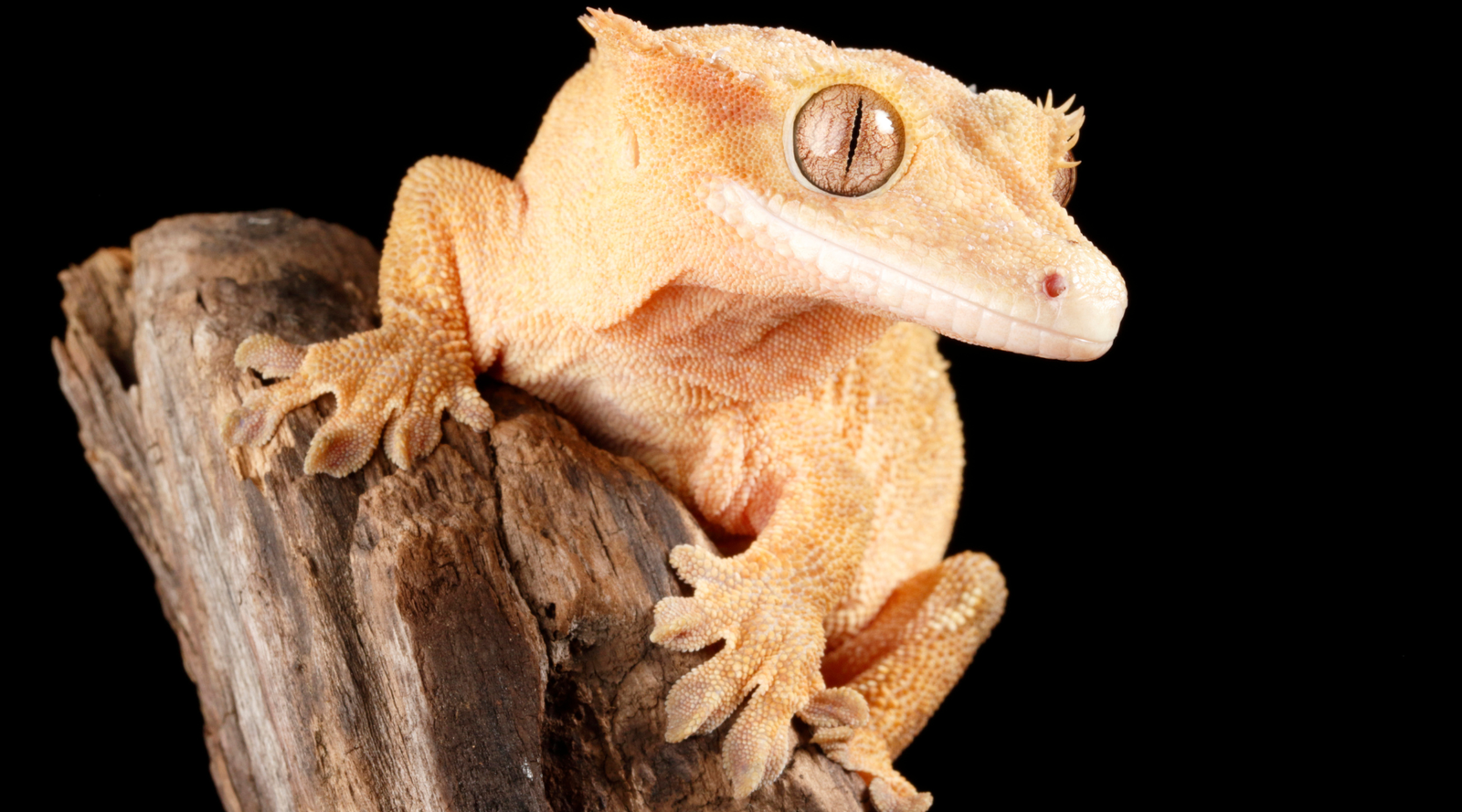Marvelous Moths: The Heroes of the Night
When we think about flying insects, butterflies usually steal the show with their vibrant colors and graceful daytime fluttering. But what if I told you that their nighttime cousins, moths, are just as fascinating and deserving of the spotlight? In fact, with over 160,000 species fluttering about (compared to butterflies' measly 17,500 species), it's high time we gave moths the recognition they deserve. So settle in and prepare to have your mind blown by these nocturnal wonders.

The Mystery of the Moonlit Flutterers
Let's start with the basics - what even is a moth? Scientifically, they belong to the order Lepidoptera, just like butterflies. While butterflies have become the poster children of the insect world, moths have been creeping under the radar, doing all the hard work under the cover of darkness. Despite their tendency to camouflage or remain hidden, moths are essential pollinators and crucial players in their ecosystems. They're the Batman of the insect world - fighting crime (or, in this case, ensuring plant reproduction) without anyone noticing.
Moths come in all shapes, sizes, and shades - from the teeny-tiny pigmy moth, which measures less than a millimeter, to the majestic Atlas moth, with a wingspan that can rival your local pigeon. Imagine a pigeon-sized moth flapping toward you at night, terrifying or incredible? It depends on how you feel about winged creatures, I guess.

Lights, Action, Confusion!
We've all heard the phrase "like a moth to a flame." If you've ever seen one frantically spiraling around a streetlight,you’ve probably wondered, "Why are moths so obsessed with lights?" The answer? They're not confused; they're just misguided.
Moths use the moon for navigation, a technique called transverse orientation. When artificial lights pop up, the moth's navigation system gets a little thrown off - like when you accidentally follow the wrong GPS route and find yourself circling the block three times. They try to use the light as a guide, but instead of leading them safely home, it pulls them into an endless spiral of chaos. So, next time you see a moth fluttering around a bulb, know it's disoriented.

From Camouflage to Couture
One of the moth’s most impressive talents is its ability to blend into the environment like an insect ninja. Many moth species have evolved to look like tree bark, dead leaves, or even bird poop. Yes, you read that right - moths go to great lengths for survival, even donning the guise of poop to avoid predators. Could you imagine wearing poop-colored clothes for protection? Probably not, but moths do it effortlessly.
Conversely, some moth species embrace the vibrant life, sporting flashy colors that rival any butterfly. Take the Madagascan Sunset Moth, for example - its iridescent wings shimmer in green, blue, and orange hues. This moth is not only dazzling, but it's also a fashion icon in the insect world. If there were ever an insect runway, this one would win Best Dressed.

The Moth's Favorite Snack: Wool?
Ever find a hole in your favorite sweater and mutter under your breath about moths? Well, before you go blaming them, it's time to clear up a common misconception: adult moths don't eat your clothes. That's right - your woolen woes come from moth larvae, not the grown-up flutterers.
The moth larvae have a unique taste for keratin, a protein found in natural fibers like wool, fur, and feathers. So, while your cotton T-shirt is safe, your vintage cashmere sweater is a veritable buffet for these tiny nibblers. It's not all bad - if moth larvae are chowing down on your sweaters, your closet is full of high-quality natural fibers. Congrats on your excellent taste!

Glow Up! Moth Style
What could be cooler than glowing in the dark? Fireflies might monopolize bioluminescence in the insect world, but moths have their party trick: ultraviolet colors. While humans can't see it, many moths sport patterns that are only visible under ultraviolet light.
But that's not all - some moths even use sound to keep predators at bay. The tiger moth, for instance, can emit ultrasonic clicks that confuse bats hunting them. Think of it as the moth equivalent of blaring a car alarm when someone tries to steal your bike. They're just out here, living their best defensive lives, staying safe with their natural anti-bat technology.

Meet the Coolest Moths Around: A Lineup of Unique Species
With so many species of moths out there, it can be hard to pick favorites, but here's a short list of some of the most fascinating moths you’ll ever come across.
Luna Moth
If moths had a beauty pageant, the Luna moth would win Miss Photogenic. With its pale green wings, long tails, and striking eyespots, the Luna moth looks like something straight out of a dream.They’re most active at night and can be spotted fluttering around lights (yes,they’re guilty of that!). Interestingly, adult Luna moths don't eat or even have mouths! They live off energy reserves stored during their caterpillar stage, which means their adult lives are short, lasting just about a week.
Imperial Moth
If Luna moths are delicate and ethereal, the Imperial moth is their bold, colorful cousin. Sporting bright yellow wings speckled with patches of brown and pink, Imperial moths are one of the larger moth species in North America. They're a testament that moths can be as vibrant and beautiful as any butterfly. Fun fact: the Imperial moth caterpillar goes through several color changes before finally pupating, showcasing a range of greens, browns, and reds throughout its growth.
Pale Beauty Moth
The Pale Beauty moth is pale and beautiful - hence the name! This moth might not be as flashy as the Luna or Imperial moths, but its understated elegance shouldn't be overlooked. With creamy white wings tinged with faint green and subtle patterns, the Pale Beauty moth is a master of blending into its surroundings. You'll often find it resting on trees, perfectly camouflaged against lichen-covered bark.
Snowberry Clearwing
The Snowberry Clearwing is a moth that defies expectations - it looks and behaves more like a bumblebee than a moth! Often mistaken for a hummingbird or bee, this moth has transparent wings and a fuzzy yellow-and-black body. It's a member of the sphinx moth family, known for its rapid, hovering flight as it feeds on nectar from flowers during the daytime. If you see what looks like a tiny bumblebee darting from bloom to bloom, take a closer look - it might just be a Snowberry Clearwing!
Delicate Cycnia
Despite its rather delicate-sounding name, the Delicate Cycnia is tougher than it looks. This small, white moth is part of the tiger moth family and can be found munching on milkweed plants, much like the famous Monarch butterfly. The Delicate Cycnia is also known for producing ultrasonic sounds to deter predators, making it a fierce little moth in the world of survival. It's got a lot more spunk than its dainty appearance suggests!

The Environmental MVPs
It's not just their pollination powers that make moths eco-heroes. They also serve as a food source for many animals, including birds, bats, and even some mammals such as rats and squirrels. Moths are such a critical part of the food chain that ecosystems would seriously suffer without them.
As we mentioned before, many moths are pollinators, too. They're especially skilled at pollinating nocturnal flowers that don't get any love from daytime butterflies or bees. If you enjoy moonlit strolls through a garden full of fragrant blooms, you have moths to thank for keeping those night-blooming flowers around.

How to Attract Moths to Your Yard (And Why You Should)
If you're a fan of moths (and who wouldn't be after reading this?), you might wonder how you can attract these marvelous creatures to your yard. The good news is it's easy! Moths are attracted to native plants, especially those with night-blooming flowers like evening primrose or moonflower. You can also leave out a light overnight to see what kinds of moths stop by for a visit - make sure it's not too bright, or you might overwhelm the poor things.
And don't worry about them eating your garden plants - most adult moths don't even have mouths. That's right, they're not coming to snack; they're just stopping by to appreciate your landscaping skills.
So, Why Should We Care?
Moths are crucial to our ecosystems, quietly doing their part under the moon's glow. Whether pollinating plants, feeding other animals, or being the fashion-forward relatives of butterflies, moths deserve more than a reputation for being sweater-eaters. They deserve our admiration.
So next time you see one of these fluttering night creatures, take a moment to appreciate its journey. They might not have the glamorous reputation of their daytime cousins, but moths are just as fabulous.
















Colta Ives
September 29, 2025
Thank you for your very special work for us and the natural world.